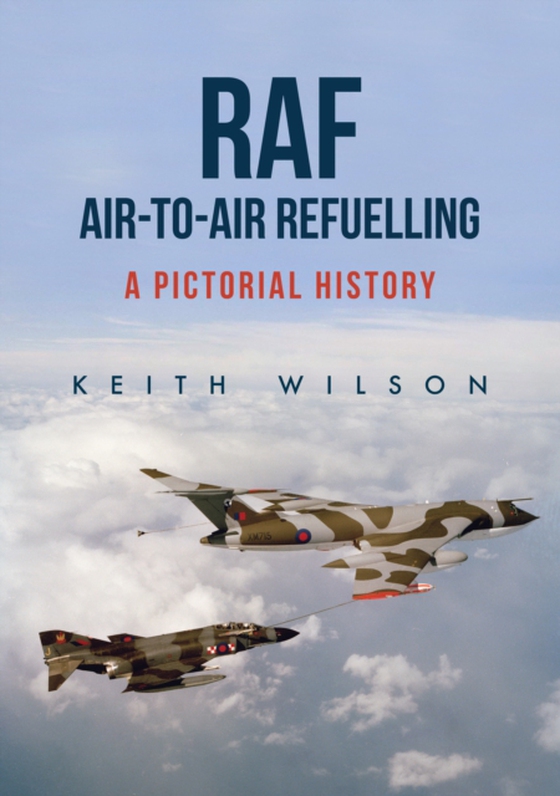
RAF Air-to-Air Refuelling e-bog
134,89 DKK
(ekskl. moms 107,91 DKK)
Once man had mastered the ability to fly, there came the desire to fly faster, higher and further with increased payloads. Some of the earliest experiments with air-to-air refuelling occurred in the 1920s and as long-distance record attempts progressed, Alan Cobham was in the thick of it. Cobham would later revolutionise air-to-air refuelling, initially with the 'Grapple-line looped-hose' syst...
E-bog
134,89 DKK
Forlag
Amberley Publishing
Udgivet
15 april 2019
Længde
128 sider
Genrer
Aircraft and aviation
Sprog
English
Format
epub
Beskyttelse
LCP
ISBN
9781445666051
Once man had mastered the ability to fly, there came the desire to fly faster, higher and further with increased payloads. Some of the earliest experiments with air-to-air refuelling occurred in the 1920s and as long-distance record attempts progressed, Alan Cobham was in the thick of it. Cobham would later revolutionise air-to-air refuelling, initially with the 'Grapple-line looped-hose' system, along with the formation of Flight Refuelling Limited (FRL). By the 1930s, the emphasis was on transatlantic flights - especially by providing a faster postal service between Europe and the USA. With the advent of the Cold War, the need for air-to-air refuelling became a clear military requirement. When Boeing announced the Model 367-80, the USAF saw a unique opportunity and placed large orders for the KC-135A version. Meanwhile, the RAF also saw the necessity for tanker aircraft to support its new V-bomber force. Initially, surplus Valiant bombers were converted and later Vulcan and Victor aircraft too. Today, air-to-air refuelling is an essential part of modern warfare, providing both strategic and tactical tanking capabilities. This book is profusely illustrated with images from a variety of sources including the Air Historical Branch and the author's own extensive collection - many of which have never previously been published - and all are supported with a concise but informative text.
 Dansk
Dansk

